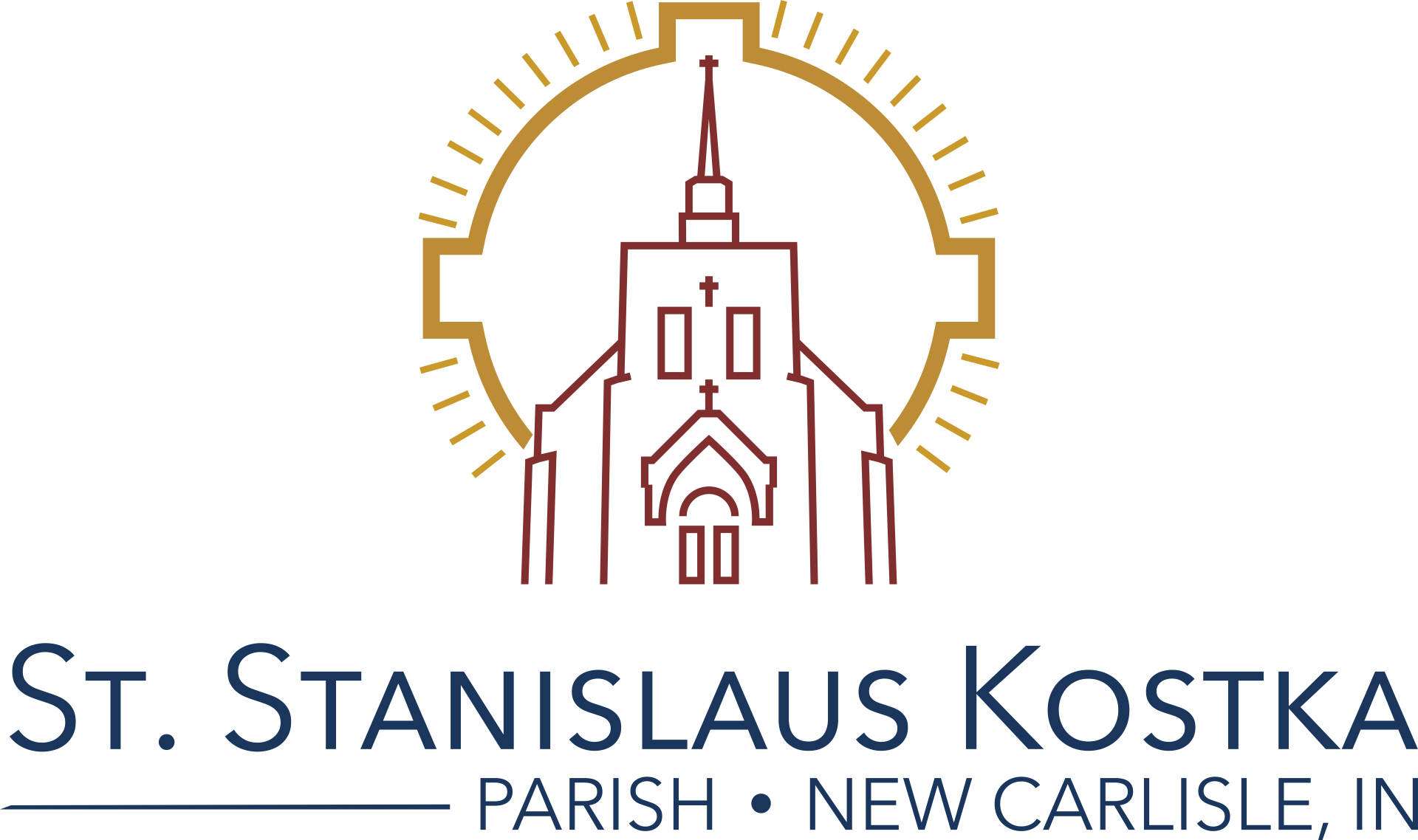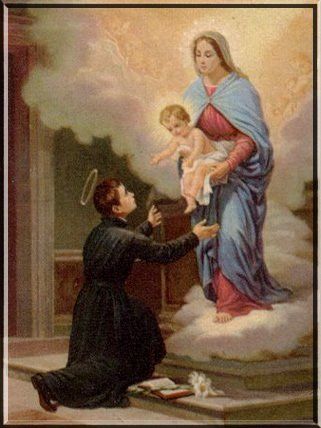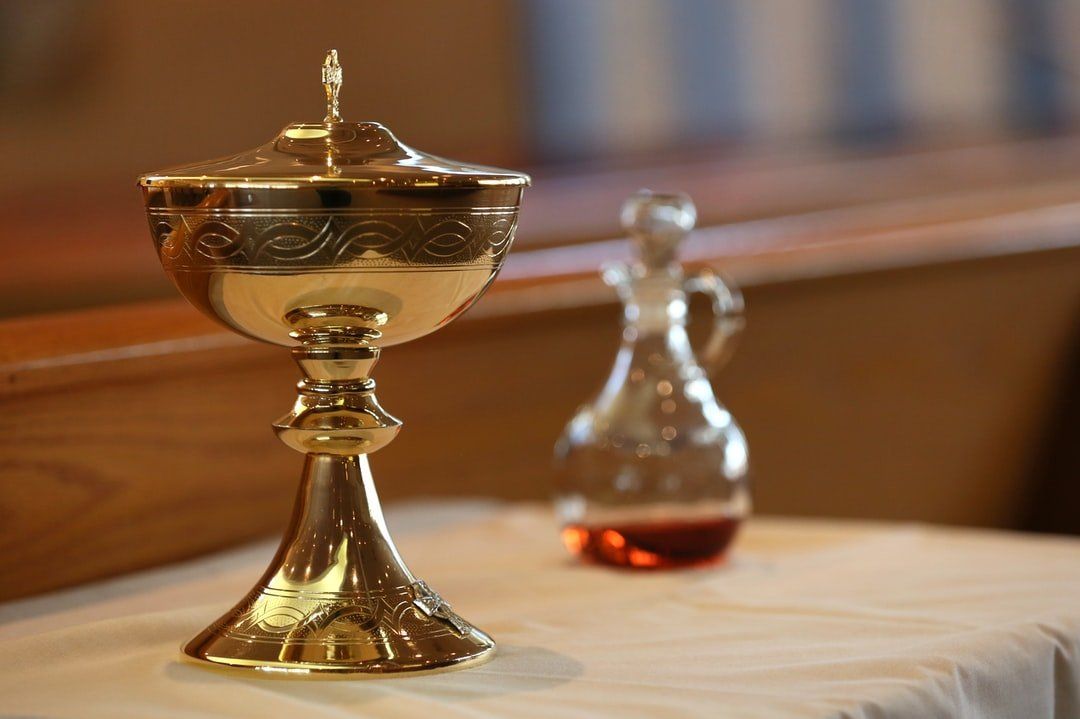St. Stanislaus Kostka Our Patron
Saint Stanislaus Kostka is not to be confused with the other well-known St. Stanislaus who was an 11th century Polish bishop and martyr. Our church’s patron, St. Stanislaus Kostka was born in Poland in 1550 and died in Rome on August 15th, 1568 at the age of eighteen. His father was a Polish senator and his family was a part of the Polish nobility.
Young Stanislaus was very devoted to his studies and to prayer. At the age of 14 he was sent along with his older brother Paul and Dr. John Bilinski, a traveling companion, to study at the Jesuit College in Vienna. At 16 Stanislaus was struck with a serious illness. He was lodged in the residence of an unfriendly Calvinist Protestant who would not permit the Blessed Sacrament to be brought to him. Stanislaus remembered having read that those who invoked Saint Barbara never died without the Sacraments, and he begged that she would assist him in his danger and not permit that he die without receiving holy communion. His prayer was answered; one night, when his life was despaired of, he saw this beautiful virgin-martyr, accompanied by two Angels, enter his room with the Blessed Sacrament. He was greatly consoled by this favor and another which immediately followed it; the Blessed Virgin Mary also appeared and assured him that God wanted him to enter the Jesuit Society. Soon he felt better and was restored to complete health.
Stanislaus' family did not support his decision to become a Jesuit, because they saw that way of life as inappropriate for noble class. He was too young though to enter the Order in Vienna without his parents’ permission; he therefore determined to go to another province where it might be possible. Stanislaus had always been gentle and cheerful, and his sanctity was felt as a reproach by his brother Paul, who had been surveying him constantly and often spoke rudely to him, even going so far as to strike him. Stanislaus nonetheless succeeded in evading him when he left for Augsburg, dressed as a beggar, to go to Father Peter Canisius, Provincial of Upper Germany. His brother, when he realized he had left against his father’s will, pursued him, but even though Stanislaus was on foot, passed him by without recognizing him. A little farther on, Paul’s horses refused to advance and he was obliged to return to Vienna. Saint Peter Canisius sent Stanislaus to Rome to petition the order's superior general, Saint Francis Borgia. It was a very long distance in those days, over a rugged and dangerous road, where rocks, mountains and rivers made the journey very difficult. Francis Borgia later accepted him into the Jesuit order in 1567 at the age of 17.
Meanwhile, his brother Paul and Dr. Bilinski were searching for Stanislaus to try to make him change his mind. In time, the boys’ father learned where Stanislaus was and wrote him threatening to have the Jesuits suppressed in Poland, if he did not come to his senses. Stanislaus held firm, writing his father that he would obey him in anything except to contradict the will of God. Soon after, he entered the novitiate, where he remained for ten months. It is said that during this brief time Stanislaus advanced in holiness more than many do over a period of fifty or sixty years. Finally his fragile constitution got the best of him and he died at the age of 18, on August 15th, the feast of the Assumption of Our Lady.
St. Stanislaus is considered to be the patron saint of youth, young students, and, seminarians. He has also been invoked for broken bones, heart palpitations and serious illness. His tomb is to be found in the church of San Andrea del Quirinale in Rome. Young Fr. Karol Wojtyła, later to become Pope John Paul II, would often stop to pray there during his doctoral studies in Rome.





